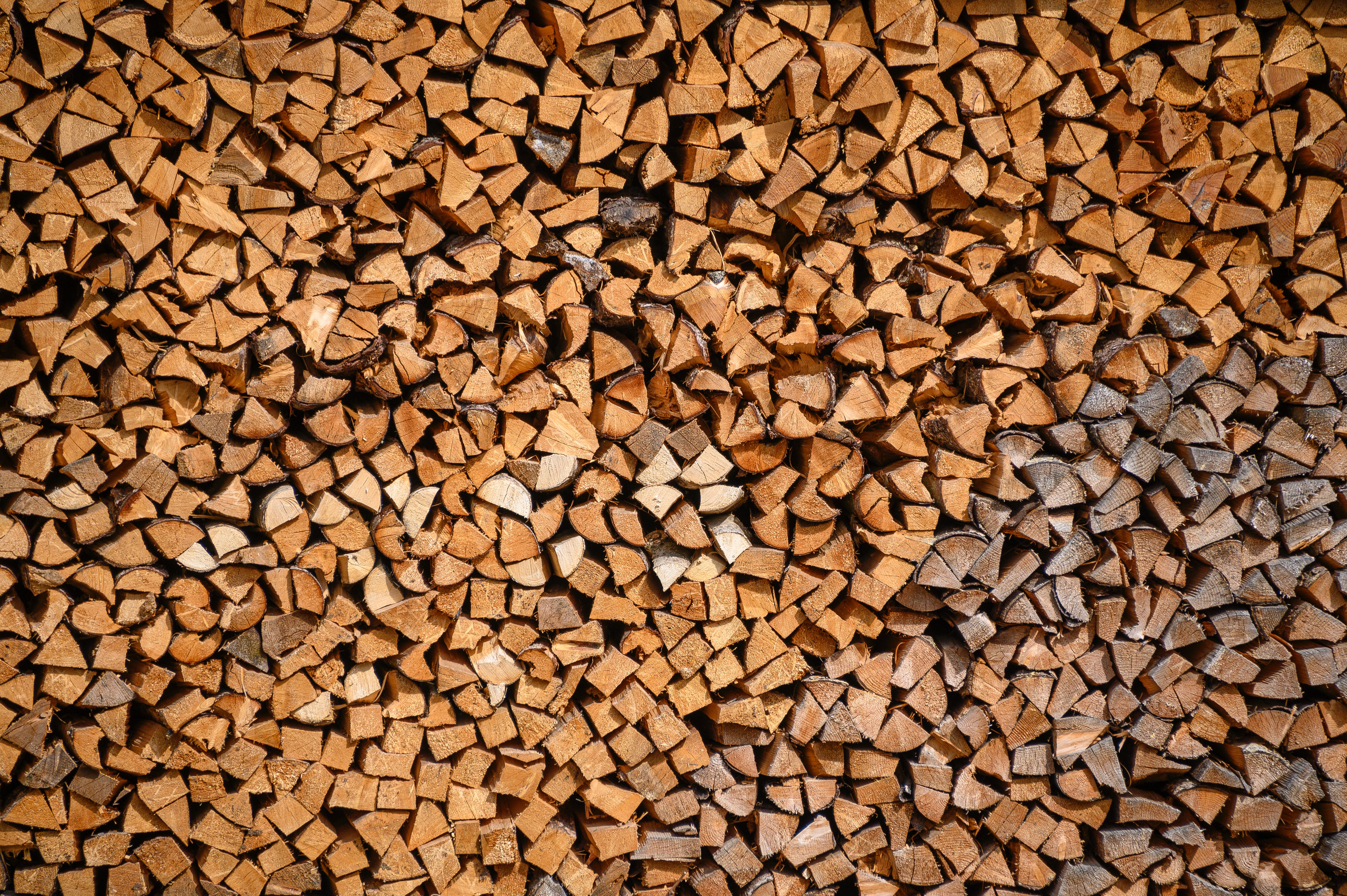News release
From:
Environment: Timber housing could reduce CO2 emissions
An additional 106 gigatonnes of CO2 emissions could be saved by 2100 if 90% of the new global urban population are housed in mid-rise buildings constructed from engineered wood, a modelling study published in Nature Communications suggests.
Conventional buildings are typically constructed using materials such as steel and cement, whose production causes substantial CO2 emissions. The continued use of such materials could claim between 35–60% of the remaining carbon budget needed to limit the global temperature increase to below 2°C. Given continued trends for urbanization, it is important that more sustainable and carbon-friendly building materials are considered.
Abhijeet Mishra and colleagues used a global, multi-regional open-source land system model to assess the global and regional impacts of an increased demand for engineered wood on land use and direct and indirect CO2 emissions until 2100. The authors found that if 90% of the new global urban population could be housed in newly built urban mid-rise buildings (between 4-12 stories high) constructed from engineered wood, 106 gigatonnes of additional CO2 emissions could be saved by 2100. The authors indicate that to support this transition, forest plantations would need to expand by more than 140 million hectares by 2100, when compared to a scenario where no additional demand for construction from engineered wood exists, and harvests from unprotected natural forests would increase.
The authors suggest that the construction of mid-rise buildings with engineered wood may help in lowering land-related cumulative CO2 emissions. However, they caution that strong governance and careful planning would be needed to support a transition to timber cities if biodiversity and forests are to be protected.



 International
International



